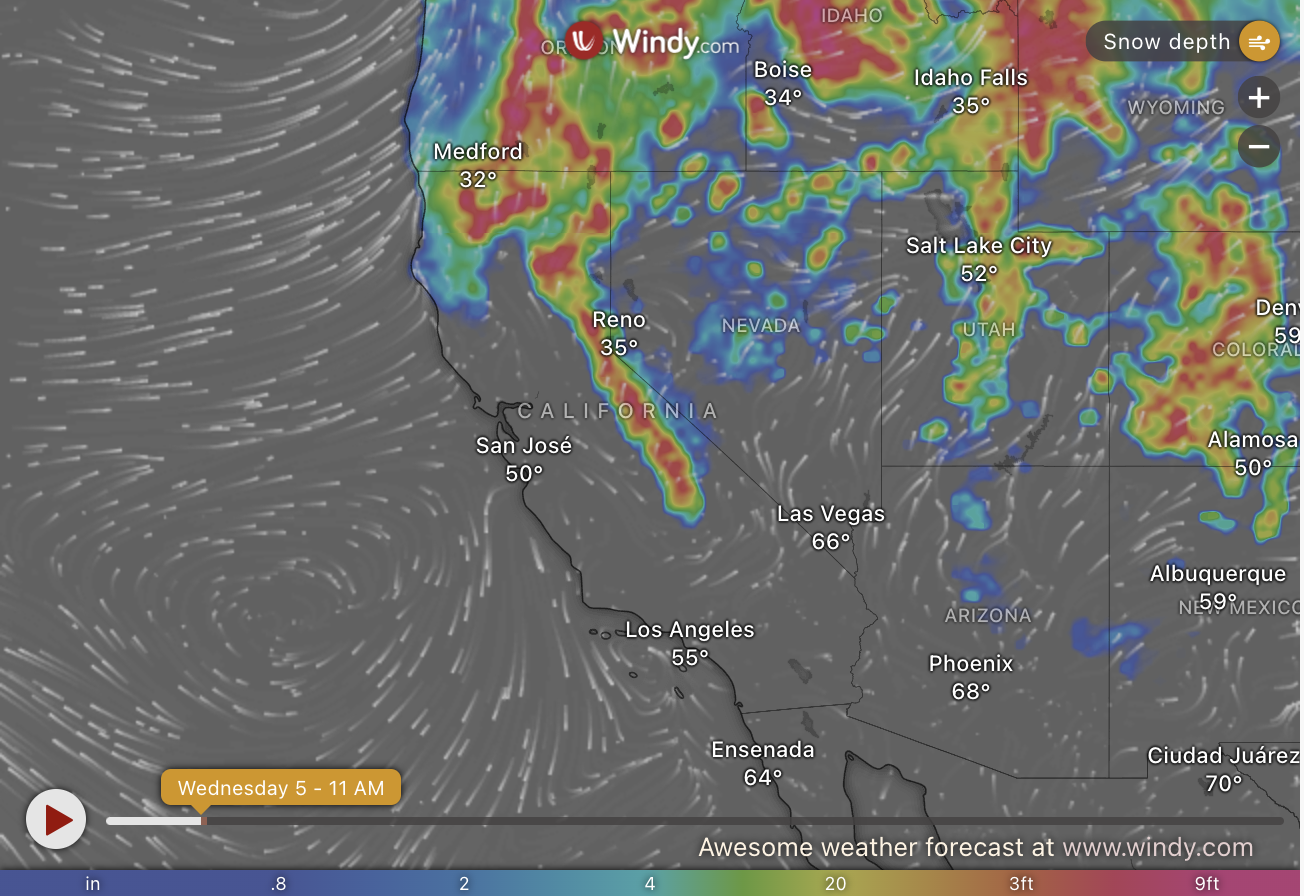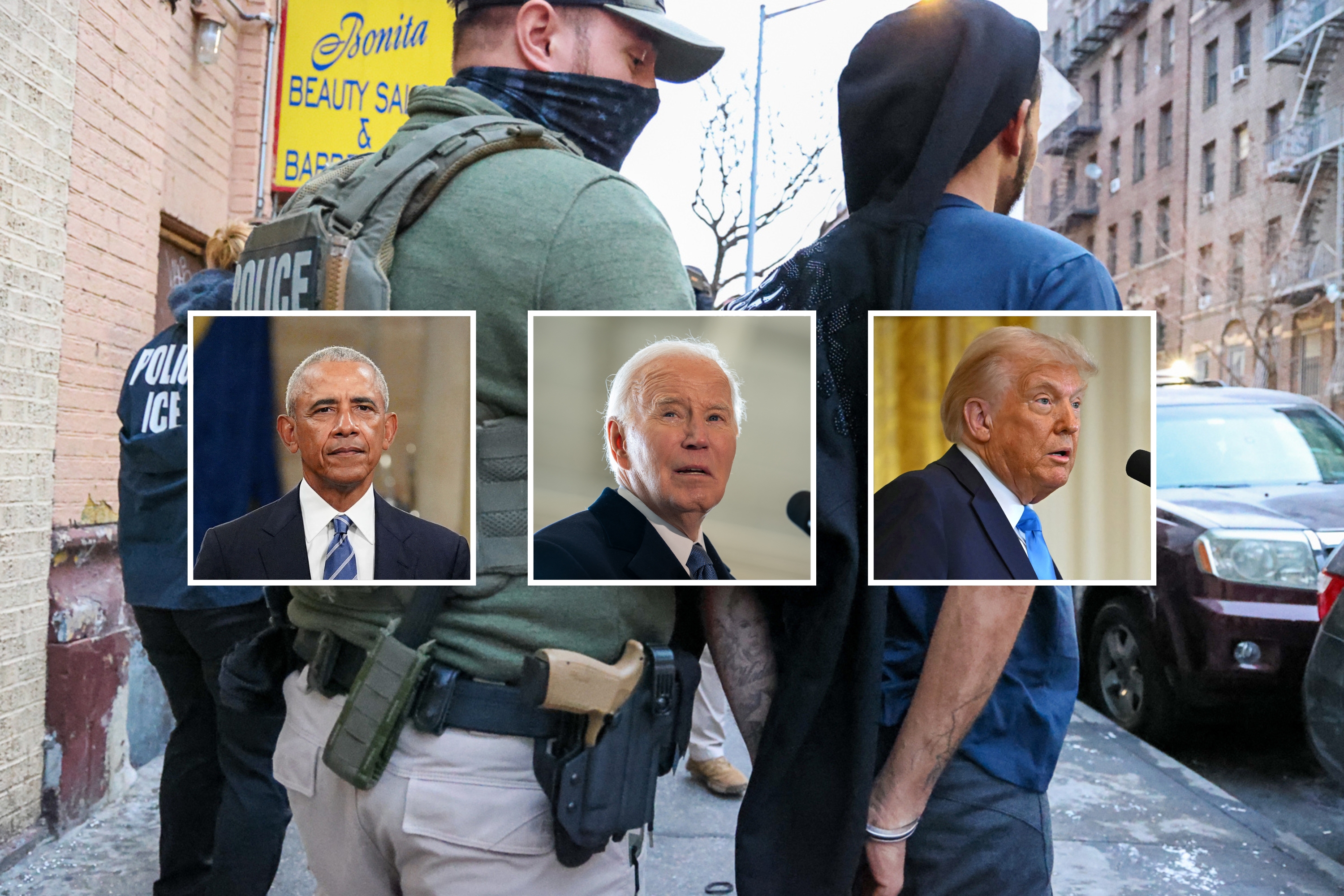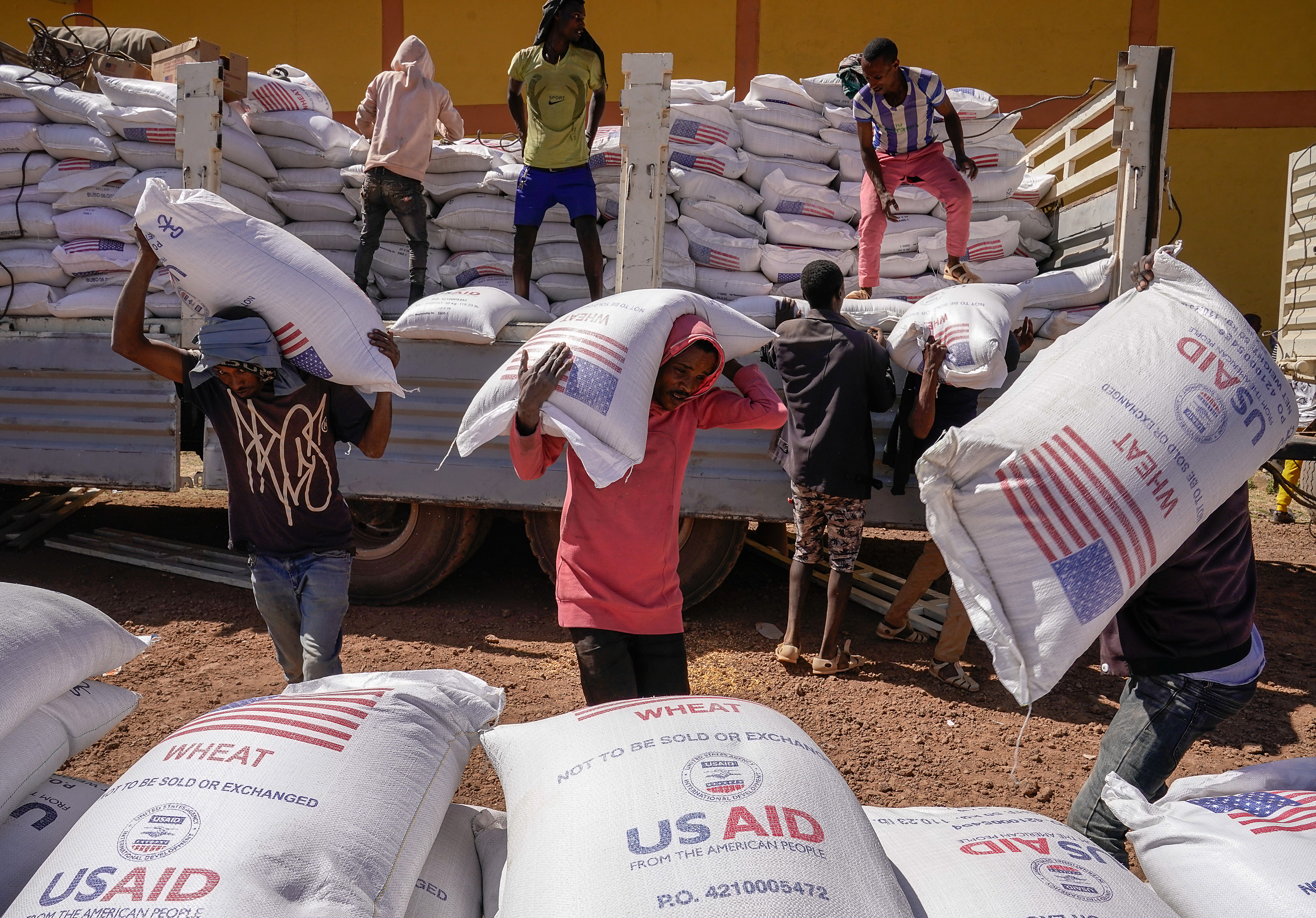Donald Trump's tariff threats against Mexico led to a quick response from Mexican President Claudia Sheinbaum this week, as she committed 10,000 of her country's security forces along the northern border.
Trump said he would delay the imposition of 25 percent tariffs by 30 days following her agreement to deploy the National Guard members to the border to combat the trafficking of drugs, particularly fentanyl. In return, the U.S. committed to working on stopping the flow of high-powered weapons into Mexico.
Some lauded the agreement as evidence of Trump's negotiating prowess and commitment to reducing migration and improving border security. In a Fox News interview, White House Press Secretary Karoline Leavitt said Mexico had caved to Trump's "demands."
However, the significance of Mexico's concession is questionable. It matched actions Mexico took to shore up its borders in 2019 and 2021 while allowing Sheinbaum to appear tough on security, not like someone who was capitulating to the U.S.

Sheinbaum has pledged to improve Mexico's domestic security since her inauguration in October 2024, after the 170,000 murders her predecessor, Andrés Manuel López Obrador, oversaw during his six years in power. Her election win was underpinned by her time as former mayor of Mexico City during which homicide rates halved.
Mexico's skyrocketing murder rate and the control its criminal cartels retain is a central focus of Sheinbaum's presidency. She has pledged to increase the number of National Guard personnel by 300,000 and to reduce the murder rate from 23.3 homicides per 100,000 residents to 19.4 per 100,000, in line with Brazil.
With the forces heading to the U.S.-Mexico border as of Tuesday, the move supports both presidents' politicking, although the question remains what, if anything, the deal will do to help meet their goals.
What Will 10,000 More Troops Look Like?
There is limited information on the number of National Guard troops who were at the southwest border preceding tariff talks. Data from the Mexican government showed that between December 2021 and January 2022, nearly 15,000 personnel were deployed.
At a press conference on Tuesday, a reporter asked Sheinbaum if the new deployment would bring the country's border security contingent to 46,000, based on claims that former president Obrador ended his administration with a combined northern and southern border force of 36,000.
Sheinbaum did not confirm the total figure, but denied that 36,000 personnel were stationed at the crossings. Newsweek has contacted a media representative for Sheinbaum's office via email for comment.
That number is not far from what the Mexican government has previously reported. A national security update published by the Mexican government in April 2024 said 32,690 security personnel were on the borders. The update did not include weighting for each border. Another update published in April 2022, reported an equal distribution.
There are also few details about the strategy, placement, or duties of the 10,000 National Guard personnel. Assuming a scenario where Mexican National Guards were equally deployed across each mile of the U.S.-Mexico border, increasing the deployment force by 10,000 provides about five more guards per mile, compared to those deployed in April 2022. Although an even distribution of forces across every mile of the border is unlikely, it offers a sense of how the increase could translate into feet on the ground.
What Difference Could It Make?
While Sheinbaum's offer temporarily placated Trump, Mexico has flexibly moved 10,000 National Guard troops before. In April 2021 amid rising migration, Mexico sent 10,000 troops to its southern border with Guatemala, as reported by the Associated Press.
In 2019, as part of a trade agreement with the United States, Mexico deployed 15,000 of its then newly formed National Guard to the northern border, following threats of tariffs from Trump during his last administration. That deal did not include a quota despite Trump claiming Mexico had provided 28,000 "for free."
The new deployment appears to be in addition to Mexico's standing contingent. Nonetheless, its similarity to previous offers has led some to assume that Sheinbaum has provided, practically speaking, very little.
Newsweek contacted a White House media representative via email for comment.
The deployments between 2019 and 2022 did little to stem the amount of fentanyl trafficking or migrant crossings that began under Trump and reached record levels under the Biden administration.
U.S. Customs and Border Protection reported that fentanyl seizures at the southwest border skyrocketed during that period, rising from 2,633 lbs in fiscal year 2019 to 26,718 lbs in 2023. While an increase in the seizure of fentanyl could be read as a success, the number of U.S. deaths from synthetic opioids also rose dramatically around the same time, suggesting security measures Mexico-U.S. border failed to stem drug trafficking.
It should be noted that while the vast majority of fentanyl is seized at the southwest border, 86 percent of offenders sentenced for fentanyl trafficking during the periods mentioned above were U.S. citizens.
Although Trump's tariff threat hinged ostensibly on concerns about drug trafficking, the delivery of the National Guard to the border will have undoubtedly satisfied his need to appear tough on immigration. However, speaking to reporters on Tuesday, Sheinbaum hinted that increasing border guards would not fully tackle migration. As an example, Sheinbaum mentioned the National Guard's highway patrol teams, who conduct rescue operations and assist migrants in "vulnerable" situations outside of the border states.
It also isn't clear how an increased National Guard border force will effectively tackle the cartels that supply fentanyl and other drugs at their source.
A 2022 Congressional Research Service paper on the influence of Mexico's transnational criminal organizations (TCOs) states that the DEA considered that no other criminal organization has a reach comparable to that of the Mexican TCOs "to distribute white powder heroin and fentanyl within the United States."
The continuing profitability of their drug networks has allowed TCOs to diversify into human smuggling, using the same routes and procedures used to transport drugs to transport people, worsening the immigration crisis.
These gangs, operating in and out of Mexican border states, have also significantly contributed to the violence and killings in Mexico over the past decade, another driver of immigration. Survey data published in 2023 by the Kino Border Initiative, a migrant shelter and resource center in Sonora, found nearly 90 percent of Mexican migrants interviewed on the border in Texas and Arizona, said violence was the primary driver to leave Mexico.
The findings, reported by Reuters in December 2023, matched a survey in 2022 by the U.N. International Organization for Migration, which said 90 percent of Mexican migrants had fled the country because of violence, extortion, armed clashes, or organized crime.
As reported by the Atlantic Council think tank in 2024, some of Trump's administration already see military intervention against the cartels as the answer to ending the opioid crisis and improving border security, despite the risks.
National Guard's Blemished Reputation
The violence driving immigration has not only been blamed on the gangs and TCOs but the security forces now being deployed to the border. Amnesty International reported that from 2020-2022 the National Human Rights Commission received more than 1,100 complaints against the National Guard regarding crimes under international law that included torture, unlawful killings and enforced disappearances.
The Guard has faced repeated criticism for its handling of migrant encounters. The Associated Press reported Sheinbaum's acknowledgment of the death of three civilians in mid-October 2022 during a shootout with National Guard officers and soldiers in Nuevo Laredo, across the border from Texas.
On Sheinbaum's first day in office, soldiers opened fire on a truck, killing six migrants in the southern state of Chiapas. An 11-year-old girl from Egypt, her 18-year-old sister and a 17-year-old boy from El Salvador died in that shooting, along with people from Peru and Honduras.
Whether the new contingency at the Mexican border will endanger Mexicans elsewhere has also been questioned. Speaking to reporters, Sheinbaum said the new provision of National Guard personnel would not "leave the rest of the country without security."
Sheinbaum argued the agreement will improve domestic security, mentioning specific and recent examples of domestic crime in or near border states. Last month, Sheinbaum vowed to investigate the discovery of 72 bodies, buried in hidden graves in Mexico's northern state of Chihuahua, near the U.S. border.




















 English (US) ·
English (US) ·